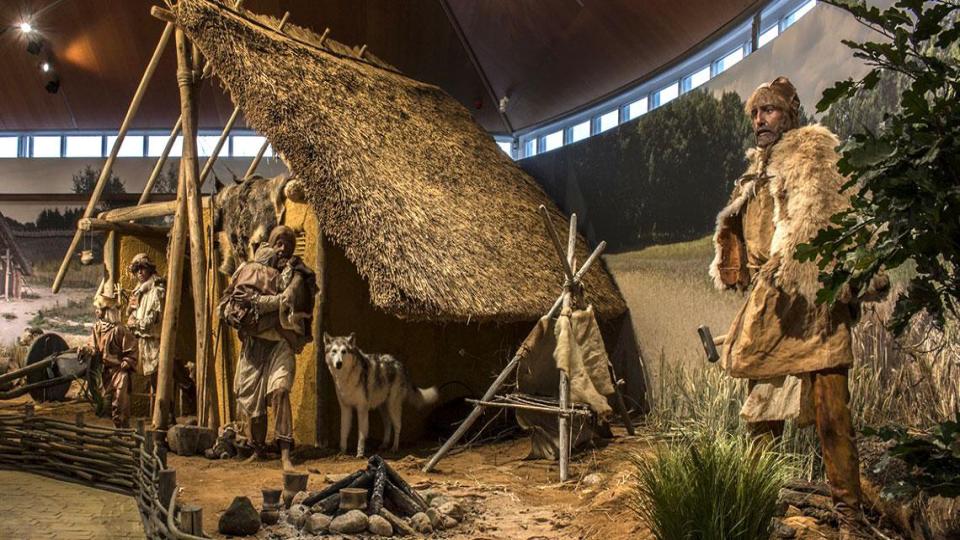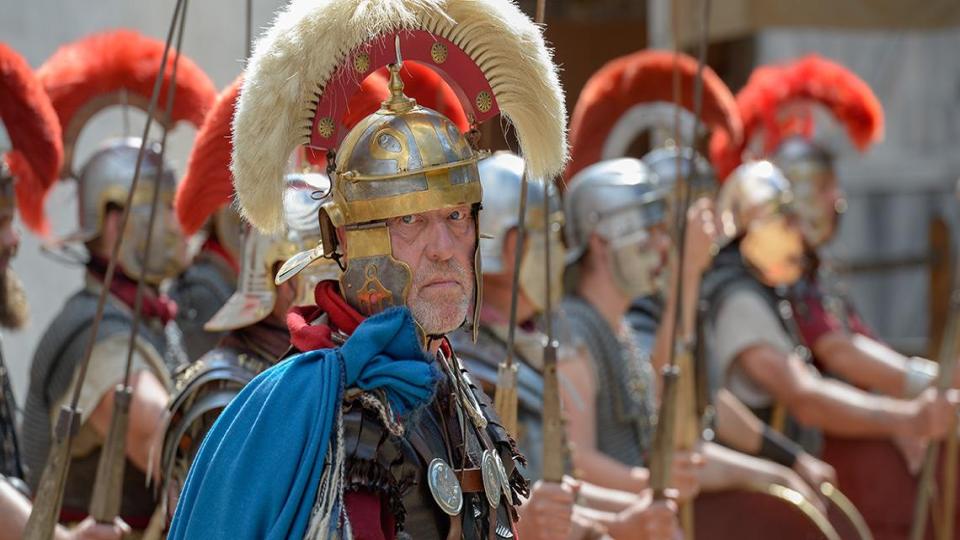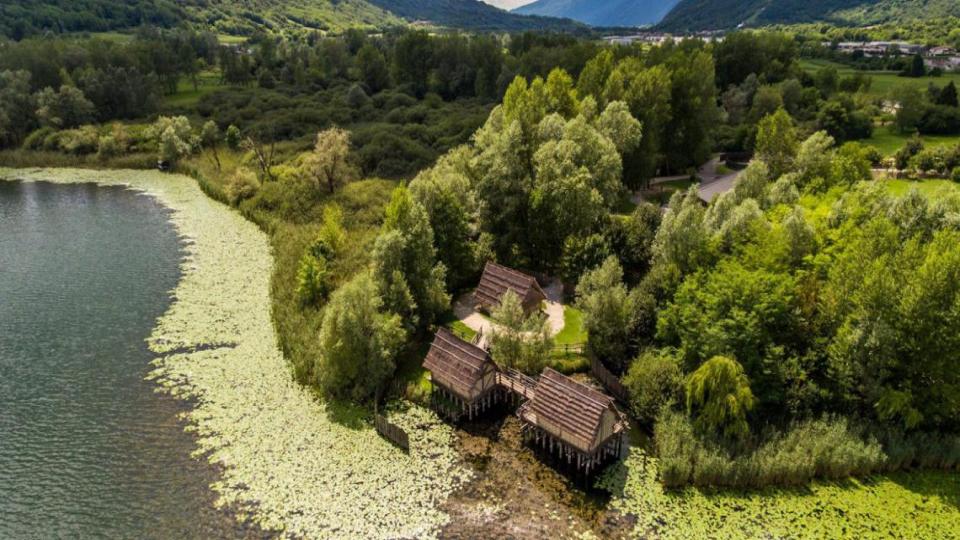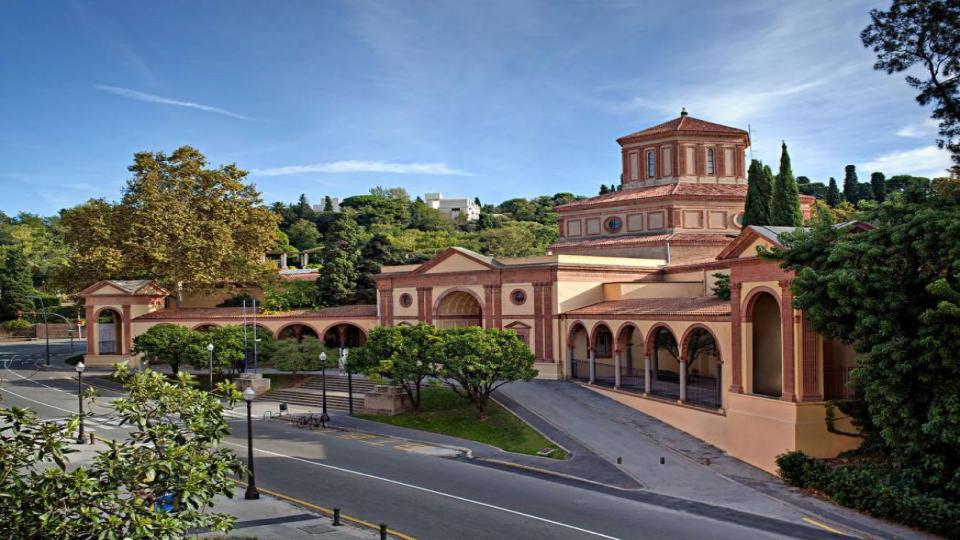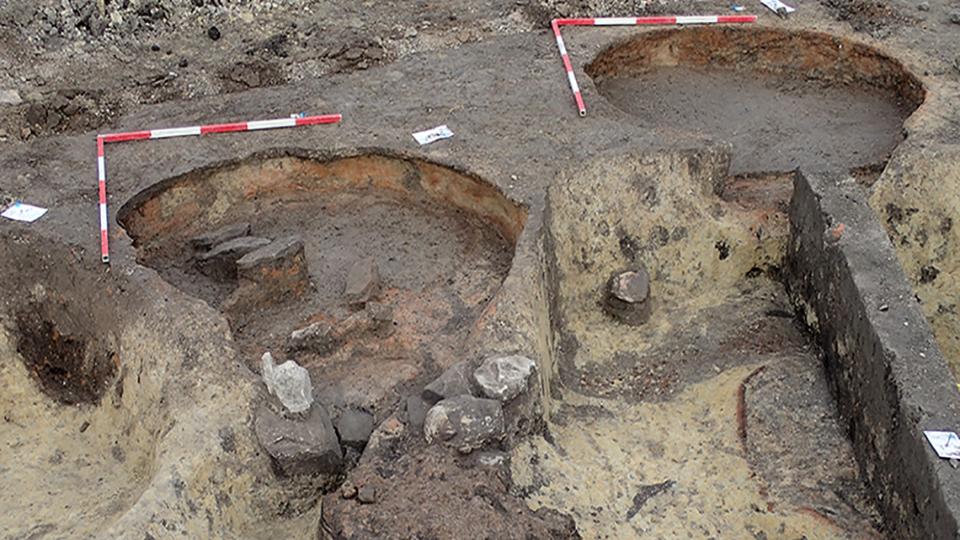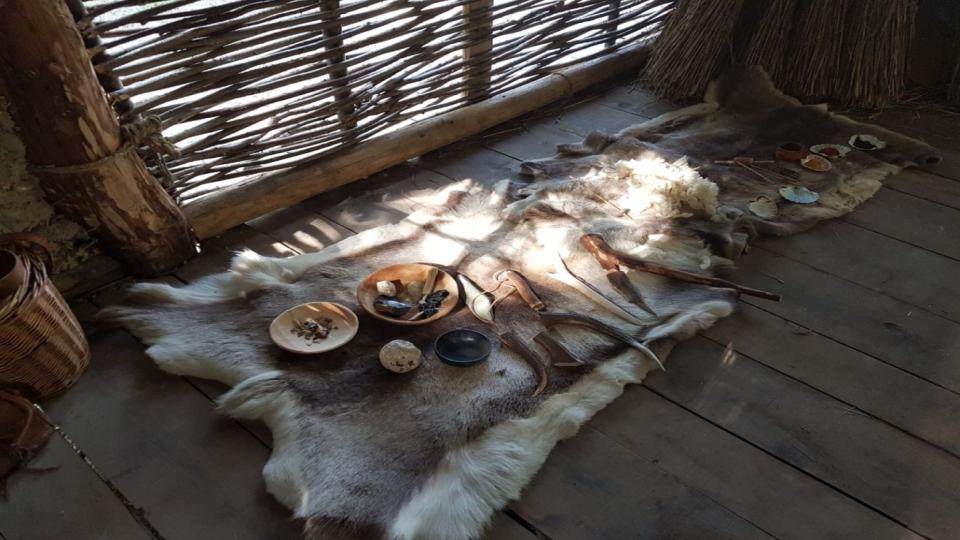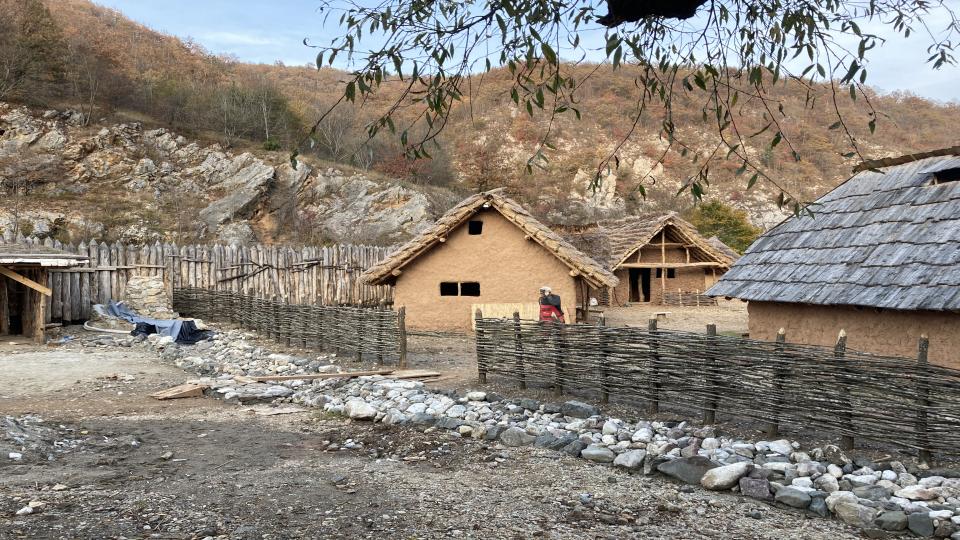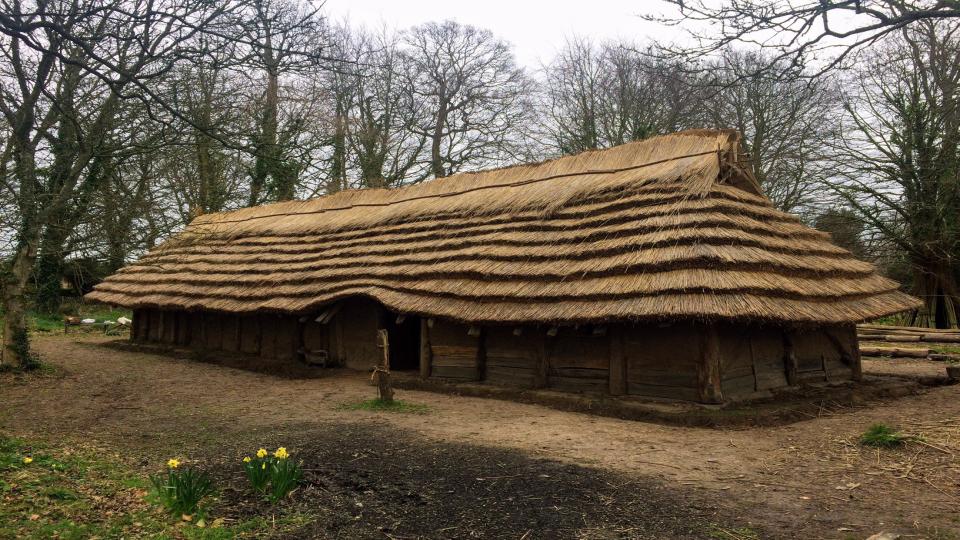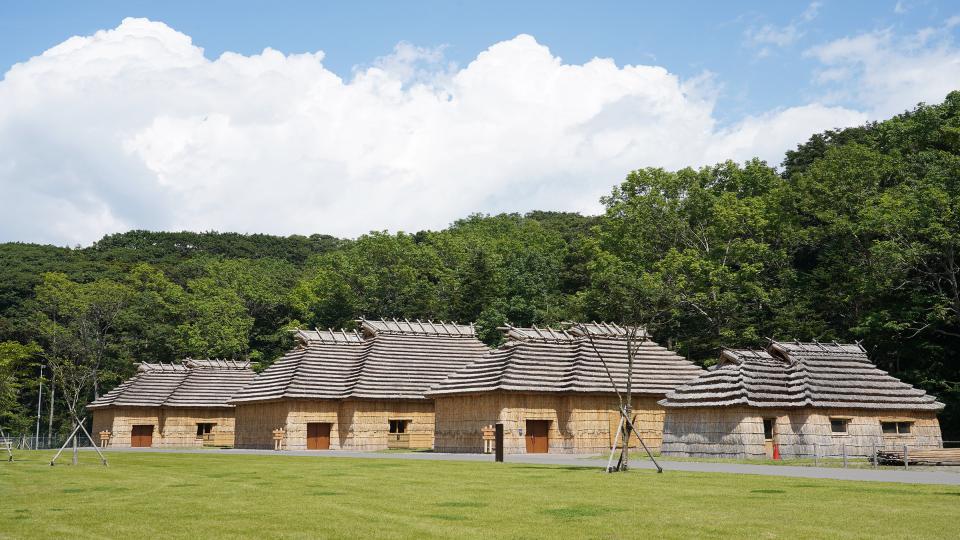Neolithic
Butser Ancient Farm (UK)
Butser Ancient Farm is situated in the South East of England, approximately 50 miles to the south of London. The concept of replicating an ancient farm began life in 1970 as a research project developed by the Council for British Archaeology and the Research Committee on Ancient Agriculture from the British Association for the Advancement of Science.
Hunebedcentrum (NL)
The new exhibition in the Hunebedcentrum takes you back to the time of your earliest ancestors: the hunebed builders who lived here 5,000 years ago. Interactive games, dioramas and informative displays tell the stories of these prehistoric people. Outside you can visit the largest hunebed in the Netherlands, and in the Prehistoric Park you will come face to face with these ancient people.
Archeon (NL)
After 15 years of preparation, 1994 the first Dutch archaeological theme park opened in Alphen aan den Rijn, not far from The Hague, Utrecht and Amsterdam, an area which houses 6 million inhabitants. Archeon covers 10,000 years of human development in the Netherlands. From hunter-gatherers in the Stone Age and farmers in the Bronze and Iron Ages, through the Roman period and right up to everyday life in 1340 AD, “Archaeo-interpreters” show what life was like in “their time” in the 43 reconstructed buildings
Parco Archeologico Didattico del Livelet (IT)
Parco Archeologico didattico del Livelet is an open-air museum based on the western shore of Lago lake, in the municipality of Revine Lago, province of Treviso. The area is located in a glacial valley at the foothills of the Pre-Alps (225m a.s.l.), surrounded by a rich naturalistic environment, Site of Community Importance (S.I.C.) for Natura 2000 and included in the recent naturalistic park “Parco dei Laghi della Vallata”.
Museu d’Arqueologia de Catalunya (ES)
The Museu d’Arqueologia de Catalunya (MAC) is an essential national museum facility where history comes to life and time becomes a fascinating adventure. The museum integrates five archaeological centres that can be visited throughout the country: in Barcelona, Girona, Empúries, Olèrdola and Ullastret, Cultural asset of national interest (BCIN). In addition, the MAC also manages the Centre for Underwater Archaeology of Catalonia (CASC), based in Girona, the National Archaeological Repositories, located in Cervera, and the "Iberia Graeca" Research Centre, based in L'Escala. In 2009 the museum also promoted the creation of the Network of Museums and Sites of Catalonia, the Arqueoxarxa, which currently brings together twelve archaeological museums from all over the country.
Magyar Nemzeti Múzeum - Nemzeti Régészeti Intézet (HU)
The Hungarian National Museum was founded in 1802 and is the national museum for the history, art and archaeology of Hungary. It’s collections, exhibitions and affiliates present an overall view of the archaeology and history of the country.
Parco Archeologico del Lago Pistono (IT)
The Parco Archeologico del Lago Pistono is a cultural project aiming to integrate environment, history and nature. Its proposed path is correctly addressed towards Piemonte nord-occidentale’s prehistory and protohistory. Through the guided route it can be learned how and of what the Neolitic human communities used to live and how cultural progress influenced their everyday life.
StaPark (RS)
The Neolithic archaeological open-air museum StaPark has been built in the village of Stapary and very vicinity of the archaeological localities Velika Gradina and Mala Gradina where the Neolithic man’s natural environment has been recognized and mainly researched.
La Hougue Bie Museum (UK)
With a name that’s derived from the Old Norse of the Vikings – haugr meaning a mound and byr - that’s bound up with a medieval legend of a dragon and a knight, it’s no surprise that La Hougue Bie is a magical and surprising place creating a truly memorable experience, home to one of the ten oldest buildings in the world.
Upopoy (National Ainu Museum and Park) (JP)
As a national center for learning about and promoting Ainu history and culture, Upopoy (National Ainu Museum and Park) (ウポポイ(民族共生象徴空間)) enables people of all nationalities and ages to learn about the Ainu’s worldview and respect for nature. It also acts as a symbol of a society based on mutual respect and coexistence, passing on and sharing various aspects of Ainu culture, which has developed over many years and is influenced by the surrounding nature.


